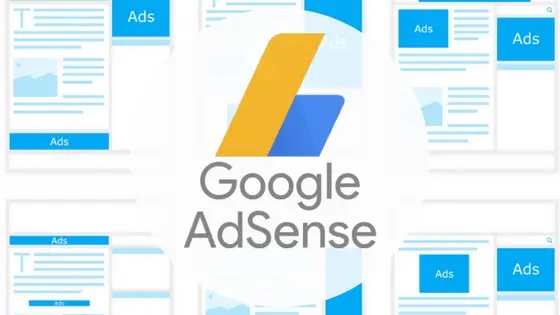Why AdSense Ads Aren’t Showing Impressions

Why AdSense Ads Aren’t Showing Impressions
This year, there has been an increase in the number of discussions online inside of AdSense forums about why AdSense ads aren’t showing any impressions on certain websites or pages. There are two common culprits that have emerged for this: Ads.txt issues with AdSense **_AND_** Google’s recent change to prevent ads from showing on uncrawled pages (Google AdSense Brand Safety update).
Below, I will reveal the nature of both issues and offer complete solutions on how to solve both problems. **I’ll demonstrate how to get AdSense ads to show again on pages affected by both potential issues**. And Finally, I will offer some tips that will prevent future issues with these problems so that you can avoid any disruptions in your AdSense ad impressions.
Understanding why AdSense ads aren’t showing on your website or webpage
As I mentioned above, there are really two main issues that are the responsibility for the vast majority of conversations taking place online right now regarding why AdSense ads aren’t showing on certain blogs and websites.
1. **Issues with Ads.txt** (something Google has really miscommunicated with publishers about)
2. **Uncrawled pages relating to the AdSense brand safety update**

#1.) Ads.txt is causing AdSense ads not to show
I will try my very best to minimize confusion with this topic; as Google has done a very bad job at educating their AdSense publishers about exactly what Ads.txt is, what it does, and how they should be looking at it.

ads.txt file example

2.) Google AdSense isn’t showing ads on uncrawled pages of your website

> As part of Google’s efforts to increase brand safety for advertisers, AdWords and DoubleClick Bid Manager have adopted more restrictive bidding on ad requests coming from URLs that are uncrawled. This is necessary to avoid the risk of ads running on sensitive content.
> …Below are some of the possible reasons why a URL might not be crawled:
> You may be using complex parameters or encoded strings in your URLs that are unique for each visit, instead of sending us the canonical URL, which is easier to crawl. Your URL may represent newly available content which had not been crawled before you sent ad requests. This is transient as your URL will be crawled shortly after your first ad request.
> You may be sending an incorrect URL to us \[Google\] because you are manually sending an incorrectly formatted URL in your ad request. You may be sending the URL of an iframe with an ad instead of the URL of the content page that hosts the iframe. (This typically applies to larger publishers). You may have limits on how often they can be crawled (crawler rejects our crawl requests). To avoid a potential revenue impact from this change, please consider the following best practices for ensuring URLs can be properly crawled:
> AdSense Publishers, see:
> [About the AdSense crawler](https://support.google.com/adsense/answer/99376?hl=en)
> [How to fix AdSense crawler errors](https://support.google.com/adsense/answer/2381908?hl=en)
> [Display ads on login-protected pages](https://support.google.com/adsense/answer/161351?hl=en)
> [Give access to our crawler in your robots.txt file](https://support.google.com/adsense/answer/10532?hl=en)
> DFP and AdX Publishers, see
> [Crawler Access.](https://support.google.com/dfp_premium/answer/6023726?hl=en)
> Here are two additional tools that can help identify what adjustments you need to make.
> The Fetch is a Google tool that enables you to test how Google crawls or renders a URL on your site. You can use Fetch as Google to see whether Googlebot can access a page on your site, how it renders the page, and whether any page resources (such as images or scripts) are blocked to Googlebot. This tool simulates a crawl and render execution as done in Google’s normal crawling and rendering process, and is useful for debugging crawl issues on your site. robots.txt Tester – The robots.txt Tester tool shows you whether your robots.txt file blocks Google web crawlers from specific URLs on your site. For example, you can use this tool to test whether the Googlebot-Image crawler can crawl the URL of an image you wish to block from Google Image Search.

Wrapping it all up
Hopefully, the information above helps you better understand why AdSense ads may not be displaying on your website or why ad impressions have dropped on some of your pages. Most of the issues discussed have pretty straightforward solutions.
If you’re still experiencing these issues and don’t believe any of the solutions above offer assistance, please list your challenge below. I will augment this content to include answers or do my best to provide some insights below.

